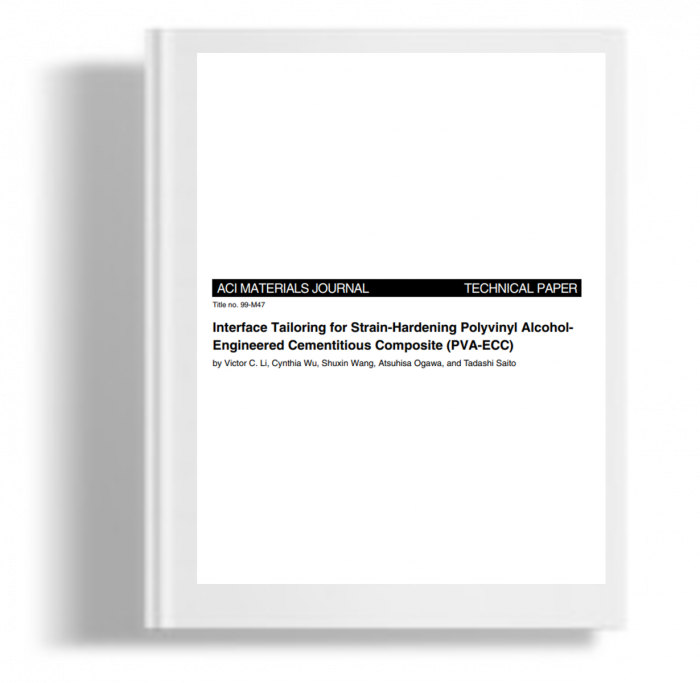Kami menggunakan cookies untuk membuat pengalaman Anda lebih baik. Untuk mematuhi petunjuk e-Pribadi yang baru, kami perlu meminta persetujuan Anda untuk menyetel cookies. Pelajari lebih lanjut .
Interface tailoring for starin hardening PVA-ECC
Polyvinyl alcohol (PVA) fiber tends to rupture instead of pullout in a cementitious matrix due to the strong chemical bonding to cement hydrates and the slip-hardening response during pullout. In order to achieve strain-hardening behavior at the composite level, the micromechanical models suggest that the bond should be lowered to an optimal range. Following this quantitative guidance, the interface is engineered by applying oil coating to the fiber surface. The experimental study confirms the effectiveness of this approach. With an appropriate oiling agent amount, PVA fiber-reinforced Engineered Cementitious Composites (ECC) with tensile strain capacity exceeding 4% and with saturated multiple cracking are demonstrated.
- Baca | Unduh PDF
- Interface tailoring for starin hardening PVA-ECC
Polyvinyl alcohol (PVA) fiber tends to rupture instead of pullout in a cementitious matrix due to the strong chemical bonding to cement hydrates and the slip-hardening response during pullout. In order to achieve strain-hardening behavior at the composite level, the micromechanical models suggest that the bond should be lowered to an optimal range. Following this quantitative guidance, the interface is engineered by applying oil coating to the fiber surface. The experimental study confirms the effectiveness of this approach. With an appropriate oiling agent amount, PVA fiber-reinforced Engineered Cementitious Composites (ECC) with tensile strain capacity exceeding 4% and with saturated multiple cracking are demonstrated.

